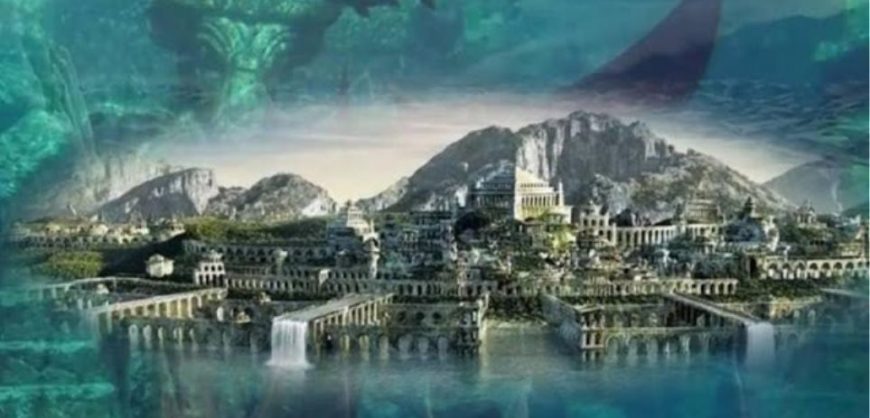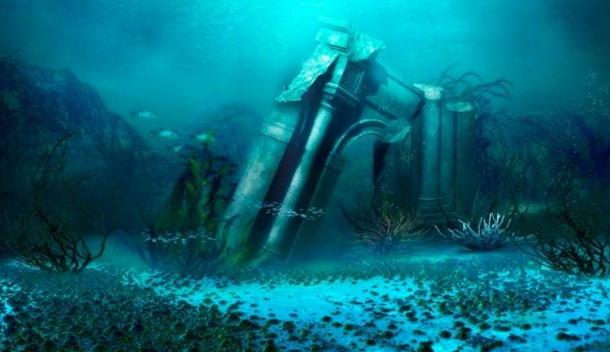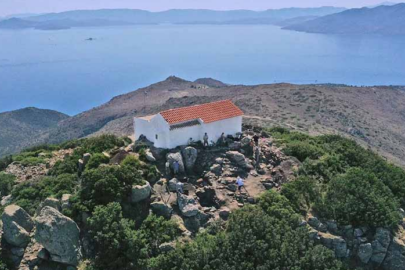Scientists used to work on the assumption that Ireland was completely frozen over during the Ice Age, and therefore uninhabitable, until around 10,000 years ago. This assumption has been well and truly shattered by recent evidence. This and other sources of evidence supports the idea that Ireland was the legendary land of Atlantis.
Ireland in the Ice Age
The Pleistocene Ice Age lasted for two and a half million years and ended around 11,600 years ago. The latest research shows that even at the peak of the Ice Age, ice sheets did not completely cover Ireland. This would explain the lack of drumlins (egg-shaped ridges formed by glacial activity) across the center of the island.
Another study from Norway proves conclusively that the warm, Atlantic Gulf Stream did not stop during the Ice Age as previously thought. This indicates that Ireland’s Ice Age wasn’t as severe as previous estimates, and evidence has been stacking up to support the claim that Ireland was inhabited by humans much earlier than currently acknowledged.
Byzantine-era wine press uncovered in Israel (video)
A 12,500-year-old bear bone that was cut with a human tool and found in a County Clare cave proves there were humans living in Ireland during the old Stone Age period.
In three separate places in Ireland flint stone tools have been found dating back 200,000 to 400,000 years. One find was in Mell, County Louth (10 km from Newgrange), one in Ballyculle, County Down, and one on the remote Aran Islands off the County Galway coast in the Atlantic Ocean.
Read more: ancient-origins





































